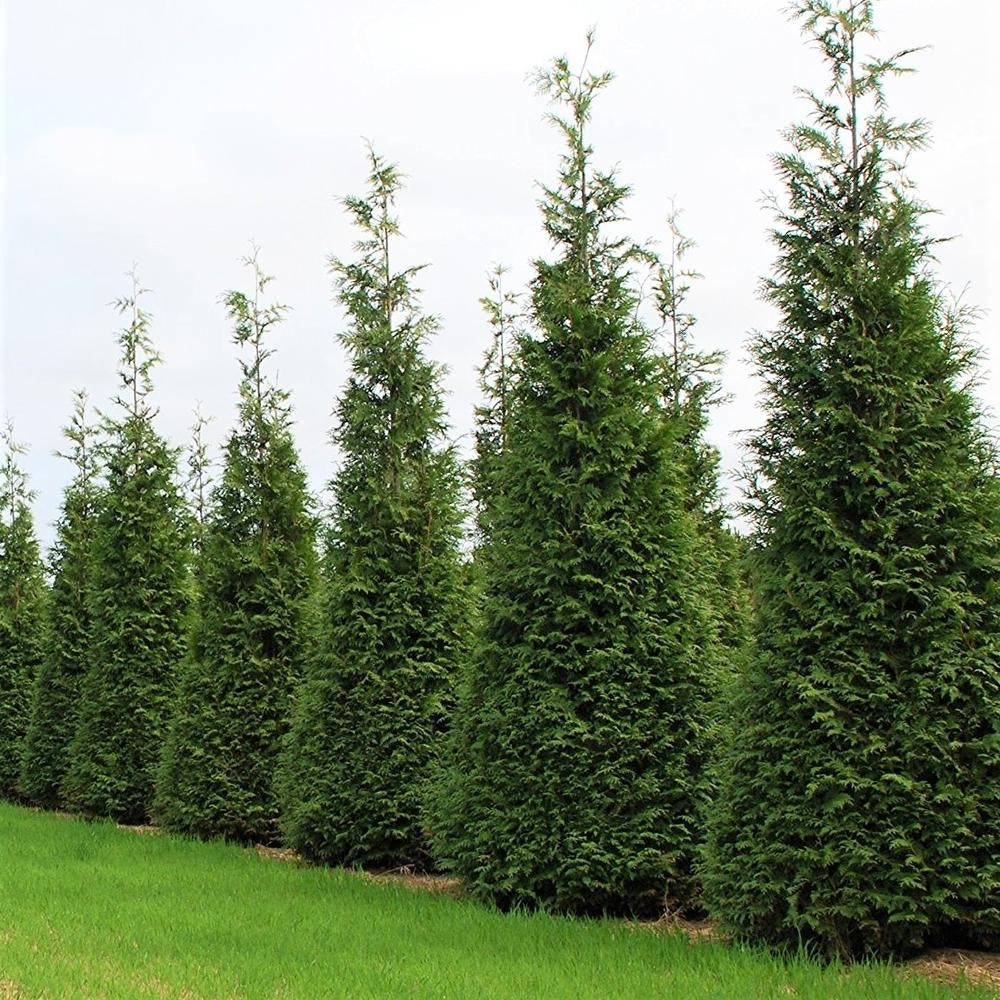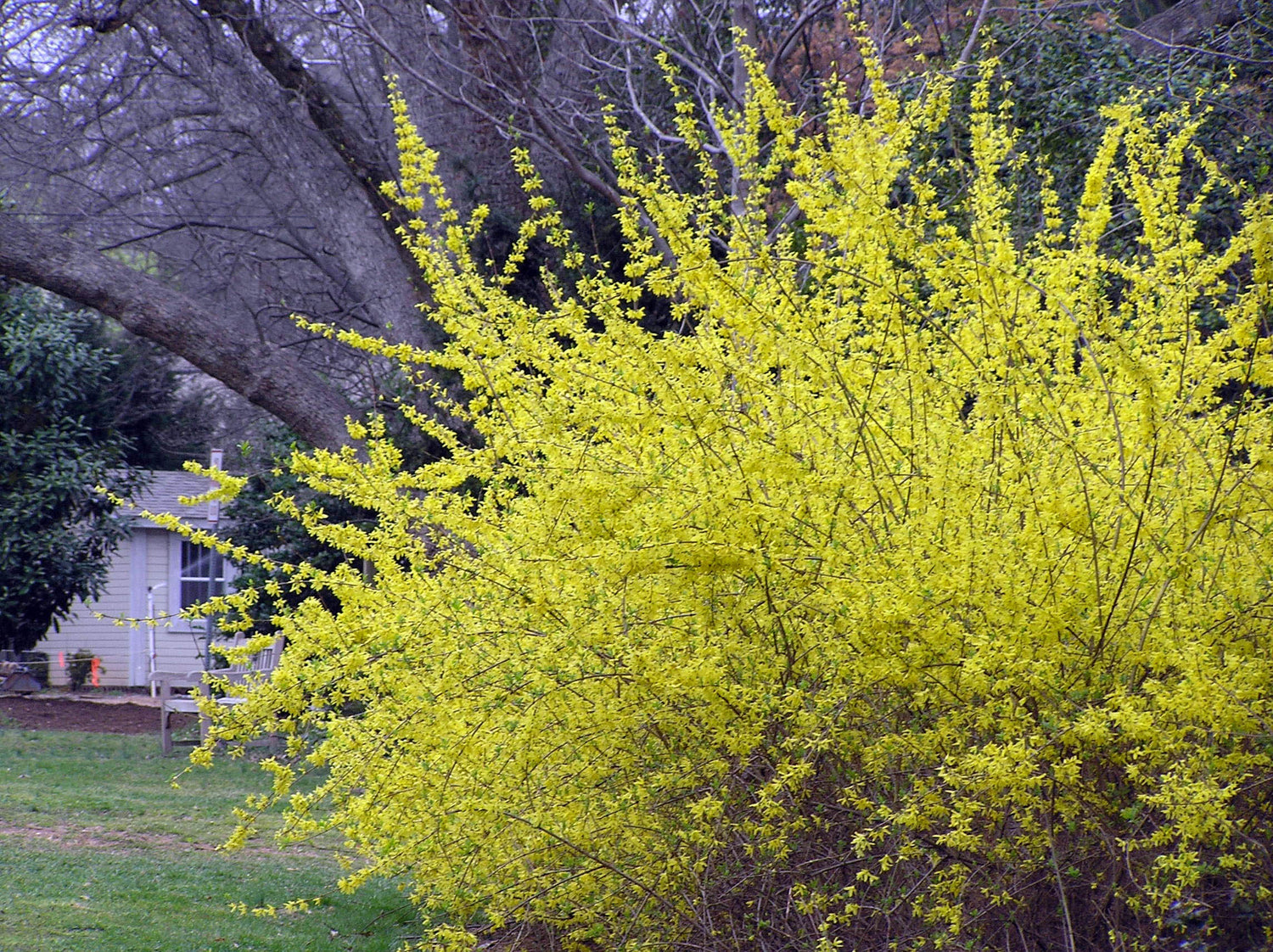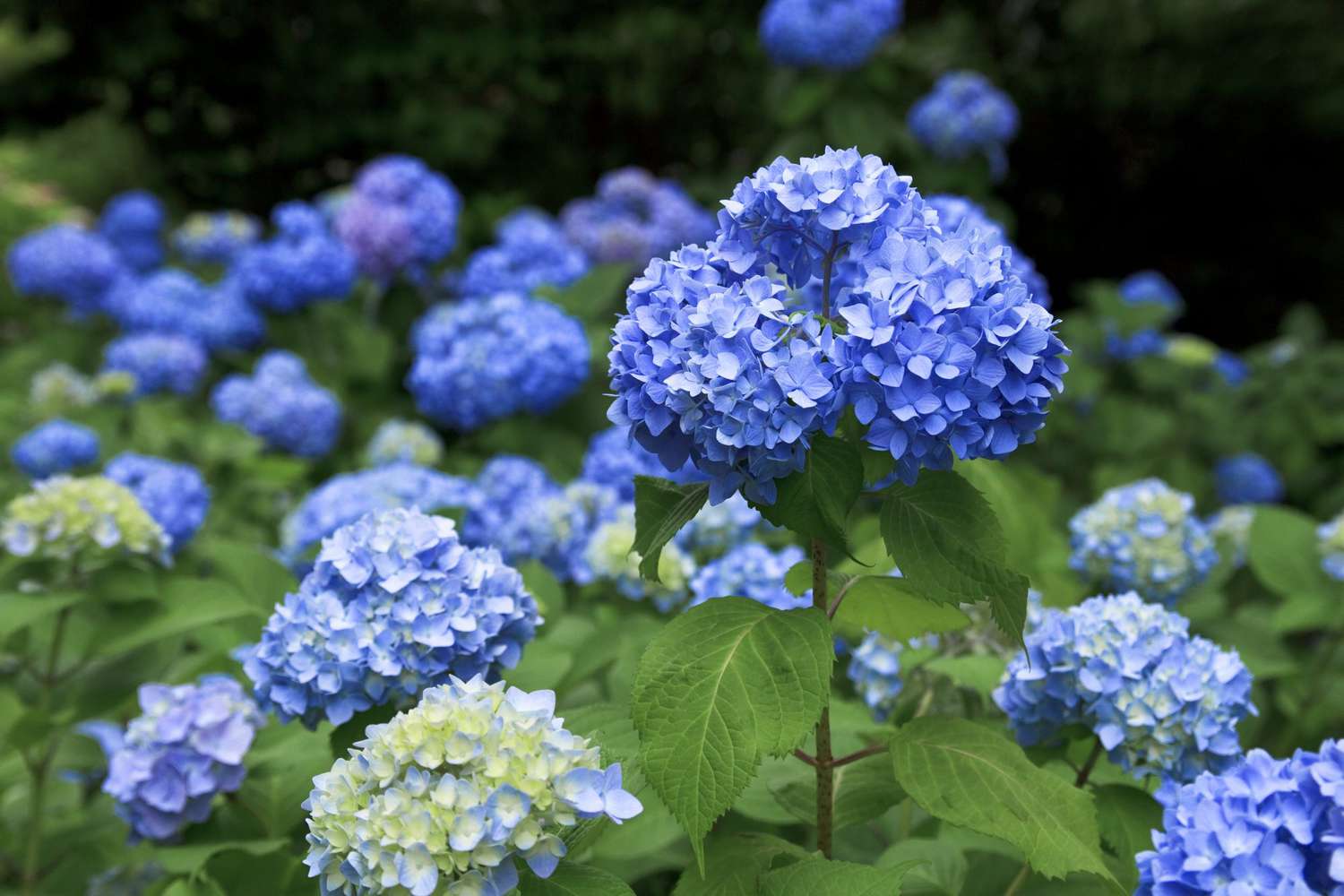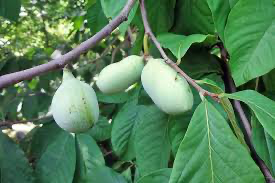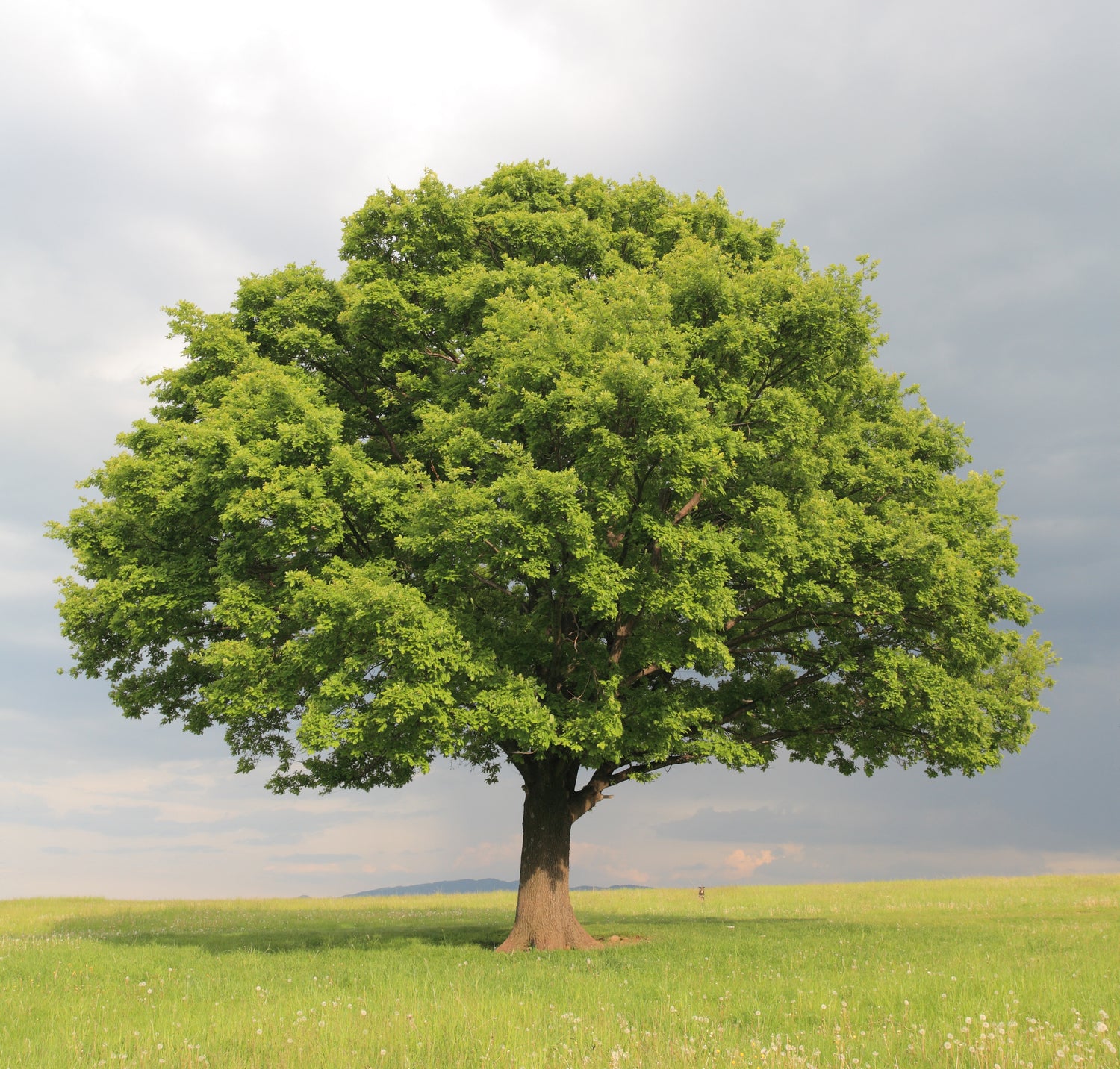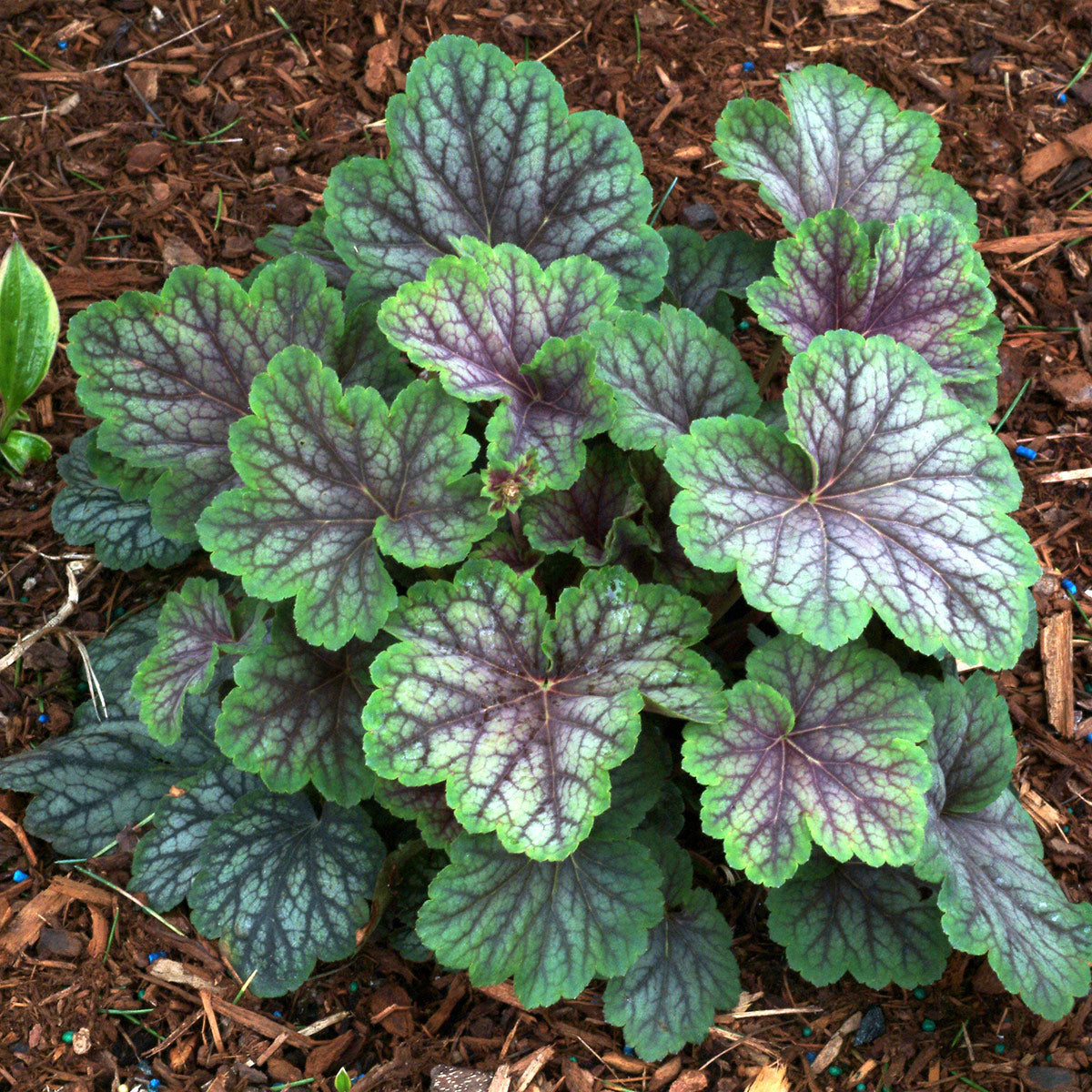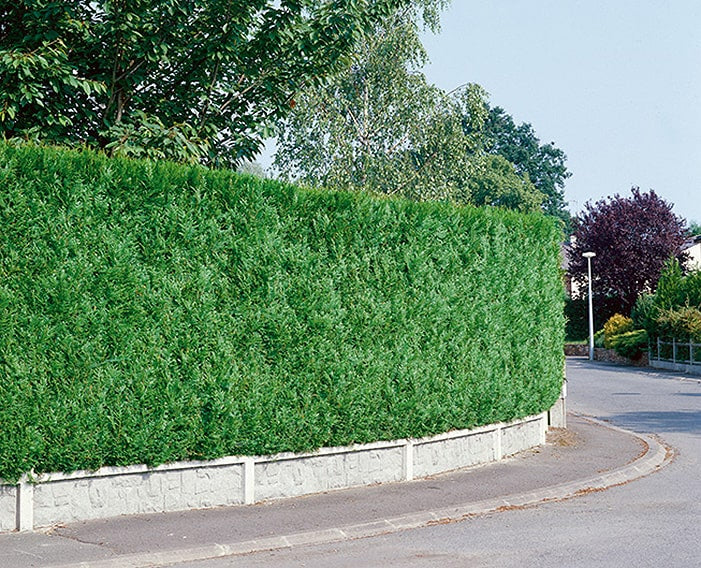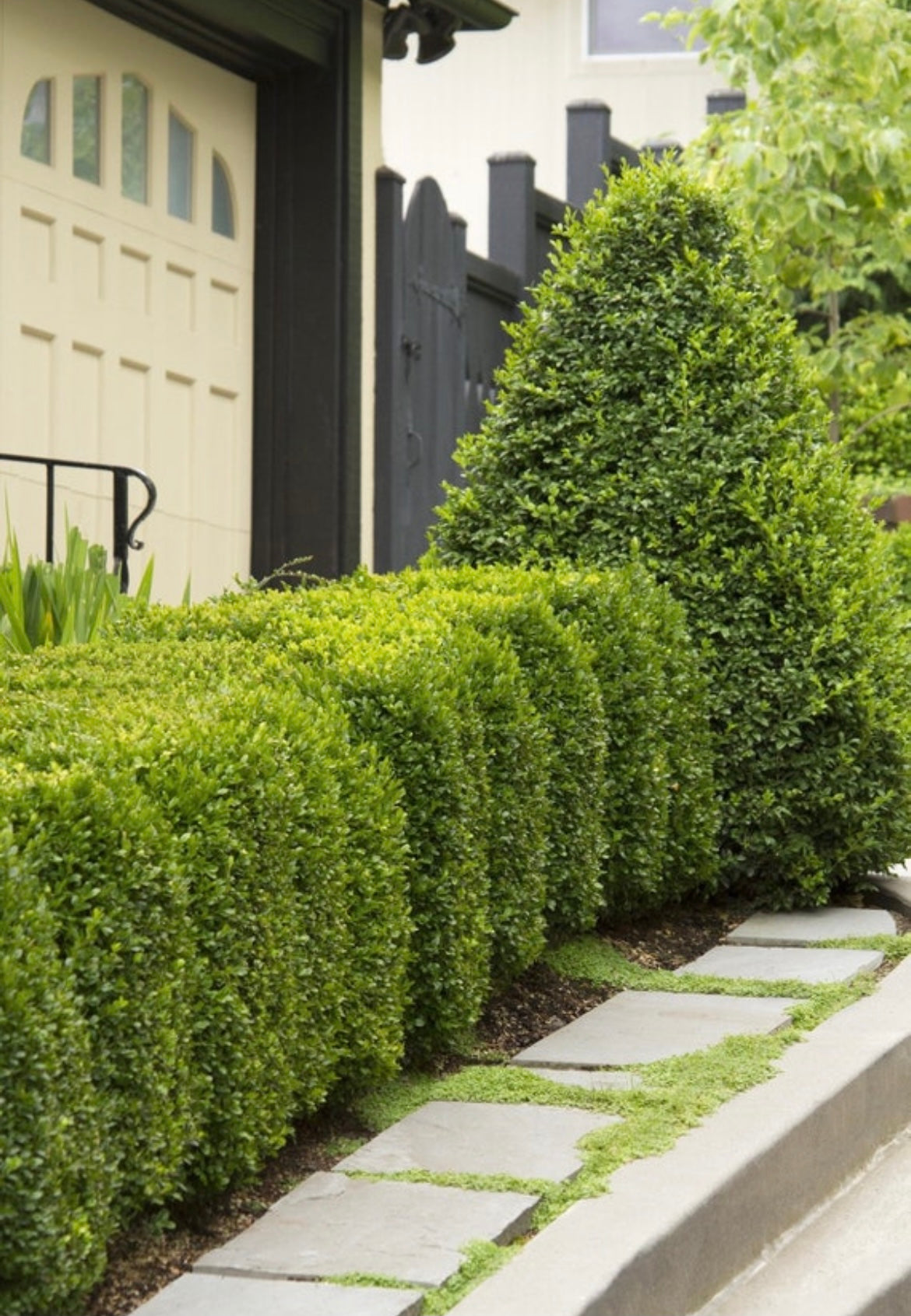Thank you for your order from our small family farm. If you have not already bought a tree from us, that is ok, you still may learn something new here, we hope this information is helpful! We greatly appreciate your business and truly want you to love the plants you purchase from us. Here, we provide tips to help you succeed with our plants and any others you might purchase.
The information in this article is the same info we ship out on a paper when you order a tree from us, although it is more condensed to save paper waste, but this article goes into great depths on how you can take care of your new tree to help your new tree have success for many years to come!

Unpacking and Initial Care
What Should You Do When Your Tree Arrives?
When your new tree arrives in the mail, it has likely gone through a lot of stress. During shipping, trees are removed from their familiar environment, placed in a dark box, and exposed to various temperature changes. This can be especially tough on bare-root trees, which are more prone to drying out.
To help your tree recover and prepare for planting, follow these steps:
-
Rehydrate Bare-Root Trees: Fill a bucket with water and let the roots of your bare-root tree soak for 6 to 12 hours before planting. This helps rehydrate the tree and gives it a better start once planted. If your tree is dormant, soaking it for up to 12 hours can also help wake it up and encourage the buds to swell.
-
Inspect the Tree: Check the tree for any visible damage that might have occurred during shipping. Trim any broken branches with clean, sharp pruners.
-
Plan for Immediate Planting: Trees should be planted as soon as possible after arrival. Ensure the roots stay moist at all times to prevent the tree from drying out and dying.
For more information on handling bare-root trees and understanding the differences between bare-root and potted trees, visit our guide on Bareroot vs. Potted Trees.

Planting Your New Tree
Best Soil Conditions and Planting Depth
Once your tree has been rehydrated, it's time to plant it in your garden. The soil and planting depth play a crucial role in the successful establishment of your new tree. Follow these guidelines to ensure your tree gets off to the best start:
-
Choose the Right Soil: Plant your tree in well-draining soil rich in organic matter. Avoid areas where water tends to pool, as overly wet conditions can lead to root rot.
-
Dig the Hole: Dig a hole that is twice as wide and just as deep as the root ball or root system of your tree. This allows the roots to spread out and establish more easily.
-
Correct Planting Depth: Place the tree in the hole so that the topmost roots are just below the soil surface. Planting too deeply can cause the tree to suffocate and lead to rot. A good rule of thumb is "Plant it high, it won’t die; plant it low, it won’t grow." Fill the hole with soil, firm it well to eliminate air pockets, and water thoroughly to help settle the soil around the roots.
-
Water Thoroughly: After planting, give the tree a deep watering. This initial soak helps the soil settle around the roots and provides the moisture needed for the tree to start establishing itself.
For advice on the best time to plant your new tree, check out our guide on When is the Best Time to Plant a New Tree.
Checking Tree Health
Is My Tree Dead?
A common concern with newly arrived trees is whether they are dead, especially if they appear leafless and dormant. However, just because a tree doesn’t have leaves doesn’t mean it’s dead. Here’s how to check if your tree is alive and healthy:
-
Scratch Test: Perform a scratch test by gently scratching a small section of the bark with your fingernail or a knife. If the inner layer beneath the bark is dark green, your tree is alive and healthy. Light green indicates some stress, while yellow or brown suggests the tree might be dead. For a visual guide, watch our YouTube video on the scratch test.
-
Inspect the Roots: Check the roots for signs of life. Healthy roots are usually white or light tan and feel firm to the touch. If the roots are mushy or dark, it may indicate rot.
-
Bend Test: Gently bend a small branch. If it bends easily and feels pliable, it’s likely alive. If it snaps quickly and feels dry, it might be dead.
-
Wait for Growth: Sometimes, especially with dormant trees, it can take a few weeks for new growth to appear. Be patient and provide proper care to see if the tree starts to leaf out.
By performing these simple checks, you can determine the health of your tree and ensure it’s on the right path to thriving in its new environment. For more tips on caring for newly planted trees, visit our Frequently Asked Questions page.
Common Causes of Tree Death and How to Avoid Them
Overwatering vs. Underwatering
Watering your new tree properly is crucial to its survival and growth. Overwatering and underwatering are common causes of tree death, but they can be easily prevented with the right approach:
-
Overwatering: One of the most common mistakes is overwatering. Trees can tolerate slightly dry conditions better than waterlogged soil, which can lead to root rot. Roots need oxygen to thrive, and too much water can suffocate them.
- How to Avoid Overwatering: Water your new tree daily or every other day for the first 1-2 weeks, depending on the weather. If it rains, skip watering for that day. After the initial period, water the tree when the top inch or two of soil feels dry. Stick your finger into the soil near the tree’s base to check moisture levels. For detailed watering advice, refer to our guide on How Often Should I Water My New Tree.
-
Underwatering: While less common, underwatering can also stress your tree, especially during hot and dry periods. Ensure your tree gets enough water to establish its roots.
- How to Avoid Underwatering: Ensure consistent moisture, especially during the first few weeks after planting. Deep watering helps roots grow deeper and stronger. Using mulch around the base can help retain soil moisture.
Planting Too Deep
Another common mistake is planting trees too deep. This can suffocate the roots and prevent proper growth.
-
Proper Planting Depth: When planting your tree, make sure the top roots are just below the soil surface. The rule of thumb is, "Plant it high, it won’t die; plant it low, it won’t grow." This helps prevent rot and allows the roots to get the oxygen they need.
- Steps to Avoid Planting Too Deep: Dig a hole twice as wide and just as deep as the root ball. Place the tree in the hole, ensuring the top roots are level with or slightly above the surrounding soil. Fill the hole with soil, firm it gently, and water thoroughly.
Proper Soil Moisture Levels
Maintaining the right soil moisture level is crucial for the health of your new tree. Here’s how to achieve it:
-
Check Soil Moisture Regularly: Stick your finger or a moisture meter into the soil near the tree’s base to check for moisture. The top inch or two should feel dry before you water again.
-
Mulch to Retain Moisture: Apply a layer of mulch around the base of the tree, but keep it a few inches away from the trunk to prevent rot. Mulch helps retain soil moisture and regulate temperature. For more information on mulching, check out our Ultimate Mulching Guide.
By following these guidelines and avoiding common mistakes, you can help your new tree establish strong roots and grow healthy. Proper watering, correct planting depth, and maintaining soil moisture are key factors in ensuring your tree’s success.
Fertilizing and Mulching
Should I Give My New Tree Fertilizer?
Fertilizing a new tree can be beneficial, but it's important to do it correctly to avoid damaging the plant. Here are some guidelines for fertilizing newly planted trees:
-
Avoid Immediate Fertilization: It is generally not recommended to fertilize newly planted trees right away. The roots need time to establish before they can effectively absorb nutrients.
-
Check for Soil Nutrient Deficiencies: If you suspect a nutrient deficiency in your soil, conduct a soil test. Only fertilize if the test indicates a deficiency.
-
Using Slow-Release Fertilizer: After the tree has been in the ground for a while and has started to establish, you can use a slow-release fertilizer. Follow the instructions on the fertilizer package carefully. Too much fertilizer can burn the roots and harm the tree.
Proper Mulching Techniques to Protect Your Tree
Mulching is an essential practice for the health of your new tree. It helps retain soil moisture, regulate temperature, and suppress weeds. Here’s how to mulch properly:
-
Choose the Right Mulch: Organic mulches, such as wood chips or bark, are excellent choices. They decompose over time and improve soil quality.
-
Apply Mulch Correctly: Spread a 2-3 inch layer of mulch around the base of the tree. Extend the mulch out to the tree's drip line (the area directly under the outermost branches).
-
Keep Mulch Away from the Trunk: Avoid piling mulch against the trunk of the tree. This can hold moisture against the trunk and cause rot. Instead, leave a gap of a few inches around the base of the trunk. Shape the mulch into a "volcano" or doughnut shape to help water collect and slowly seep into the soil.
-
Maintain Mulch: Refresh the mulch layer annually to maintain its effectiveness. As the mulch breaks down, it adds valuable organic matter to the soil.
For more detailed information on the benefits and techniques of mulching, refer to our Ultimate Mulching Guide.
By following these fertilizing and mulching guidelines, you can provide your new tree with the nutrients it needs and protect it from environmental stress. Proper mulching and careful fertilization will support healthy growth and help your tree thrive.
Managing Transplant Shock
What is Transplant Shock?
Transplant shock occurs when a tree experiences stress after being moved from one location to another. This is a common issue for newly planted trees and can manifest as wilting leaves, slow growth, and overall signs of stress. Here’s how to manage and minimize transplant shock to help your new tree recover and thrive:
-
Identify Transplant Shock: Symptoms of transplant shock include drooping or wilting leaves, discolored foliage, and stunted growth. These symptoms occur because the tree's roots are not yet fully established and able to absorb water and nutrients efficiently.
-
Gradually Acclimate Your Tree: If your tree was shipped in a dark box, it’s important to acclimate it gradually to sunlight. Start by placing the tree in a shaded area for a few days, then slowly introduce it to more sunlight each day until it is fully acclimated to its new environment.
-
Proper Watering: Keep the soil consistently moist but not waterlogged. Water the tree deeply and regularly to help it establish its roots. Avoid overwatering, which can lead to root rot.
-
Avoid Fertilizing Immediately: Fertilizing a tree under transplant shock can exacerbate the stress. Wait until the tree shows signs of new growth before applying any fertilizer.
-
Prune Broken Branches: Remove any broken or damaged branches to help the tree focus its energy on recovery and new growth.
-
Use Sugar Water Solution: In severe cases of transplant shock, some gardeners find it helpful to use a sugar water solution. Dissolve a few tablespoons of sugar in water and pour it around the root zone. This can help replenish some of the energy the tree lost during transplanting.
-
Monitor and Adjust Care: Keep a close eye on the tree's progress. If it continues to show signs of stress, reassess your care routine. Ensure that it’s getting the right amount of water, sunlight, and protection from harsh conditions.
For more tips on managing transplant shock and ensuring your tree’s healthy growth, visit our Frequently Asked Questions page.
By following these steps, you can help your tree overcome transplant shock and set it on a path to healthy growth. Transplant shock is common, but with proper care, most trees will recover and thrive in their new environment.
What to Do if Your Tree is Severely Damaged or Dead on Arrival
Contacting Weaver Family Farms
If your tree arrives severely damaged or appears dead, we want to assist you in resolving the issue. Follow these steps to ensure a prompt resolution:
-
Inspect Upon Arrival: As soon as your tree arrives, inspect it thoroughly for any signs of damage. Minor issues like broken branches or some leaf loss can be normal and typically do not affect the tree’s overall health. However, significant damage like a broken trunk or roots that appear mushy or black could indicate more serious problems.
-
Document the Damage: Take clear photographs of the tree, including any damaged areas. These photos will be important for both us and the shipping carrier.
-
Contact Us Promptly: Reach out to us at Weaver Family Farms as soon as possible. Provide your order details, a description of the damage, and the photos you took. We are committed to helping you and ensuring your satisfaction with our products.
-
Filing Claims with Shipping Carriers: If the tree is severely damaged due to mishandling during shipping, you may need to file a claim with USPS or UPS, depending on which carrier delivered your package. Include the photos and documentation of the damage when filing your claim.
For more information on our shipping process and what to expect, visit our Shipping Information page.
How We Can Help
At Weaver Family Farms, we want you to have a positive experience and success with your new tree. If your tree is damaged or dead on arrival, we will work with you to resolve the issue. This may include sending a replacement tree, providing a refund, or offering care advice to help revive the tree if possible.
Our goal is to ensure you are happy with your purchase and that your tree thrives in its new home. Don’t hesitate to reach out with any concerns or questions.
FAQs and Additional Resources
For more detailed information on caring for your new tree, visit our Frequently Asked Questions page. Here, you’ll find answers to common questions and additional tips to ensure your tree's success.
Taking proper care of your new tree from the moment it arrives is crucial for its successful establishment and growth. By following these guidelines and providing consistent care, you can enjoy a healthy, thriving tree in your garden for years to come. Happy planting!
For more tips on tree care, including the best times to plant and how to protect your trees in different seasons, check out our blog posts:







